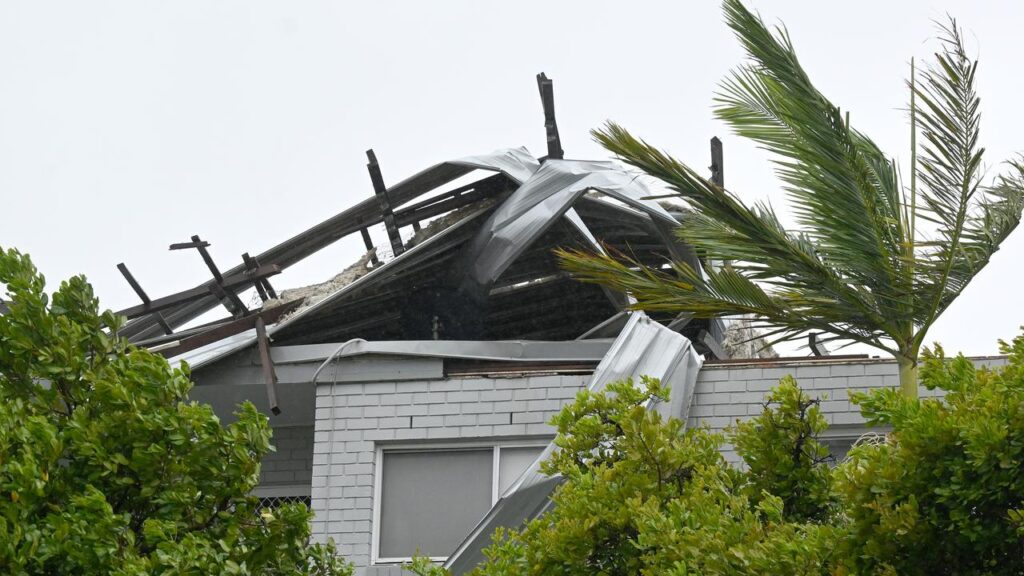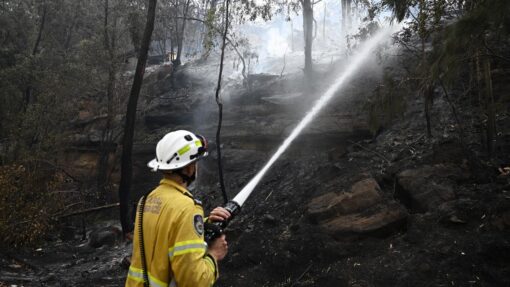Cyclone Alfred damage bill to rain on insurer’s parade
Callum Godde |

Ex-tropical cyclone Alfred may not have produced as much carnage as expected, but the damage bill for insurers is still steep.
The weather system swept across southeast Queensland in March, knocking down trees, flooding roads, eroding beaches and cutting power to hundreds of thousands of people.
It was forecast to strike as a category two system, but was downgraded to a tropical low after making landfall.
More than 116,000 claims for damage totalling $1.236 billion have been made to insurers to date, data from the Insurance Council of Australia shows.
The lion’s share (104,389) were related to homes, but many businesses (8118) vehicles (3725) didn’t escape unscathed.
So far, insurers have settled 37 per cent of the claims, worth $146 million.

Alfred came hot on the heels of heavy rain in north Queensland that led to record flooding from Mackay to Cairns, two drownings and hundreds of evacuations.
The north Queensland floods have also been linked to a surge of melioidosis cases, with the bacterial disease resulting in dozens of deaths in the state.
Another 10,877 claims totalling more than $251 million have been made as communities continue to pick up the pieces, with about 80 per cent for home damage.

The average claim for the north Queensland floods has been $23,000, compared to $10,000 for ex-tropical cyclone Alfred.
Insurers are heading to Hervey Bay next week, giving customers impacted by Alfred a chance to discuss their claims one-on-one.
“Rising claims numbers and closure rates are a sure sign that recovery in extreme weather impacted communities is progressing well,” the council’s chief executive Andrew Hall said.

Alfred could become the most expensive weather event for insurers since Queensland, NSW and Victoria were smashed by the 2023 Christmas storms, leading to $1.58 billion in claims.
But it is still well short of the $6.38 billion in insurance claims stemming from record floods in NSW and Queensland in early 2022.
KPMG’s annual review of Australia’s insurance industry showed it recorded an annual after-tax profit of $6.1 billion in 2024, three times higher than the five-year average of $2 billion.
There were no weather catastrophes in 2024 and only two significant events – the Valentine’s Day storms in Victoria and severe weather in NSW and Queensland in April.

The CSIRO and Bureau of Meteorology’s biennial State of the Climate report found global warming was bringing the nation more extremely hot days and fewer extremely cool days.
The report said heavy rainfall bursts were becoming more intense and leading to flash flooding, particularly in urban areas.
While fewer tropical cyclones are expected in the coming decades, they are likely to have a higher intensity on average and greater impacts through elevated rain rates and higher sea level.
AAP


